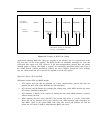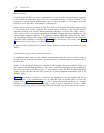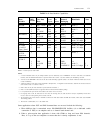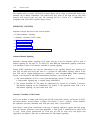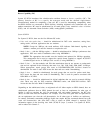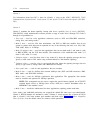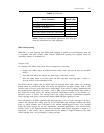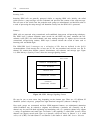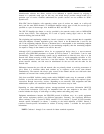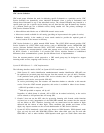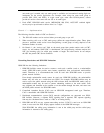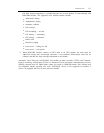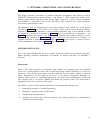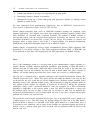
INTRODUCTION
1-27
Administration software also allows services to be dedicated to specific channels by assigning a
channel to a particular trunk type. In this way, the switch always provides enough trunks for a
particular type of service. Channels administered for specific services are not available for ISDN-
dynamic uses.
With CBC Service Selection, calls requesting various types of services are routed, on a call-by-call
basis, over the same ISDN channels. To distinguish between various types of calls, the service type is
specified as a part of the message. Also included are BCC and NSF IEs.
The NSF IE identifies the feature or service provided by the network carrier (such as MEGACOM
service from AT&T). The called-party IE is used to specify routing digits such as the North
American dialing plan and the RNX.
The originating and terminating switches do channel negotiation to select a channel that is compatible
with both endpoints. Channel negotiation gives some control to the B-channel that is used for the
call. If the originating endpoint chooses a B-channel that is unacceptable to the terminating endpoint
(for example, planned use of the channel by the terminating endpoint), then the terminating endpoint
can request a change in the channel to be used for that call.
Although Q.931 recommendations allow for an asymmetrical design (that is, a user-to-network
protocol), most ISDN-PRI procedures on System 85 R2V4, Generic 1, and Generic 2 can be used
symmetrically. These communications systems can be administered as either the user side or as the
network side. When accessing a 4ESS switch, 5ESS
®
switch, or vendor-compatible toll-office or CO,
the customer-premises switch must have a user-side interface. For ISDN-PRI links between two
private network switches, one link must be administered for the user side and the other for the
network side.
Differences between the user side and network side are primarily related to resolving occurrences of
glare. Glare is a condition where both switches try to originate a call on the same channel
simultaneously. The network side always gains control of the channel and the user side backs down
(terminals are excused from certain protocol functions).
Calls from non-ISDN facilities (analog trunks and/or DMI-BOS trunks) may be connected to ISDN
facilities to provide end-to-end tandemed connections. The switch provides the required signal.
conversions through interworking routines. Depending on an extension's COS assignment and other
administration options, all conventional switch features and services may be used.
Depending on other administration options, message-associated user-to-user information (MAUUI)
or user-to-user information (UUI) may be transmitted from one user endpoint to the other. UUI
transfer includes the display of such things as calling number and calling party name.
Equipment manufacturers interpret the ISDN-PRI protocol in different ways. As a result, equipment
(and various equipment releases) use different approaches. Currently, one significant difference
affects codesets 6 and 7. System 85 R2V4 transfers UUI via codeset 7. System 85 R2V4 transfers
network specific information in codeset 7 according to the initial definition of ISDN. Generic 2
transfers network-specific information in codeset 6 leaving codeset 7 available for user-specific
information.
NOTE: Codesets 1 through 5 are reserved for future standards expansion.



